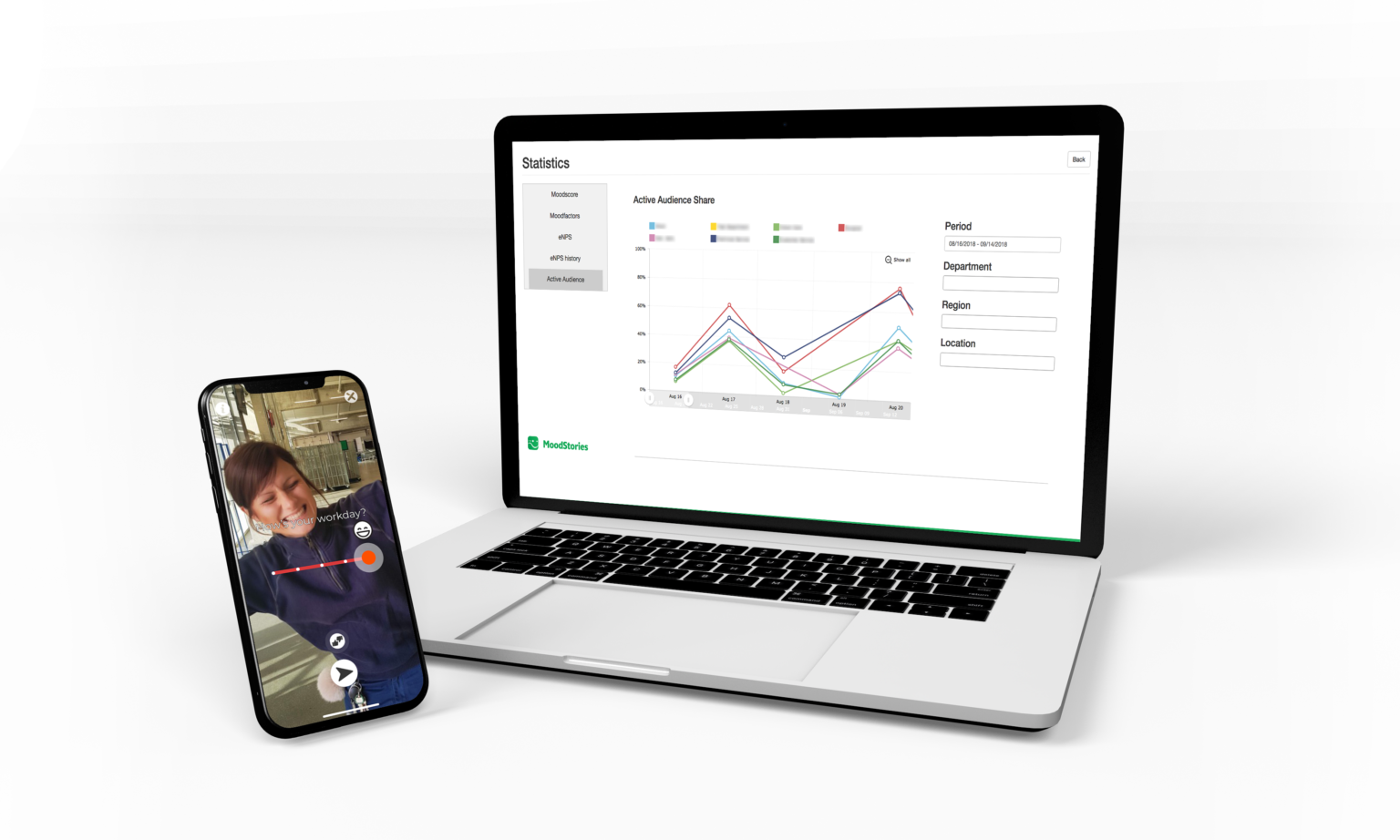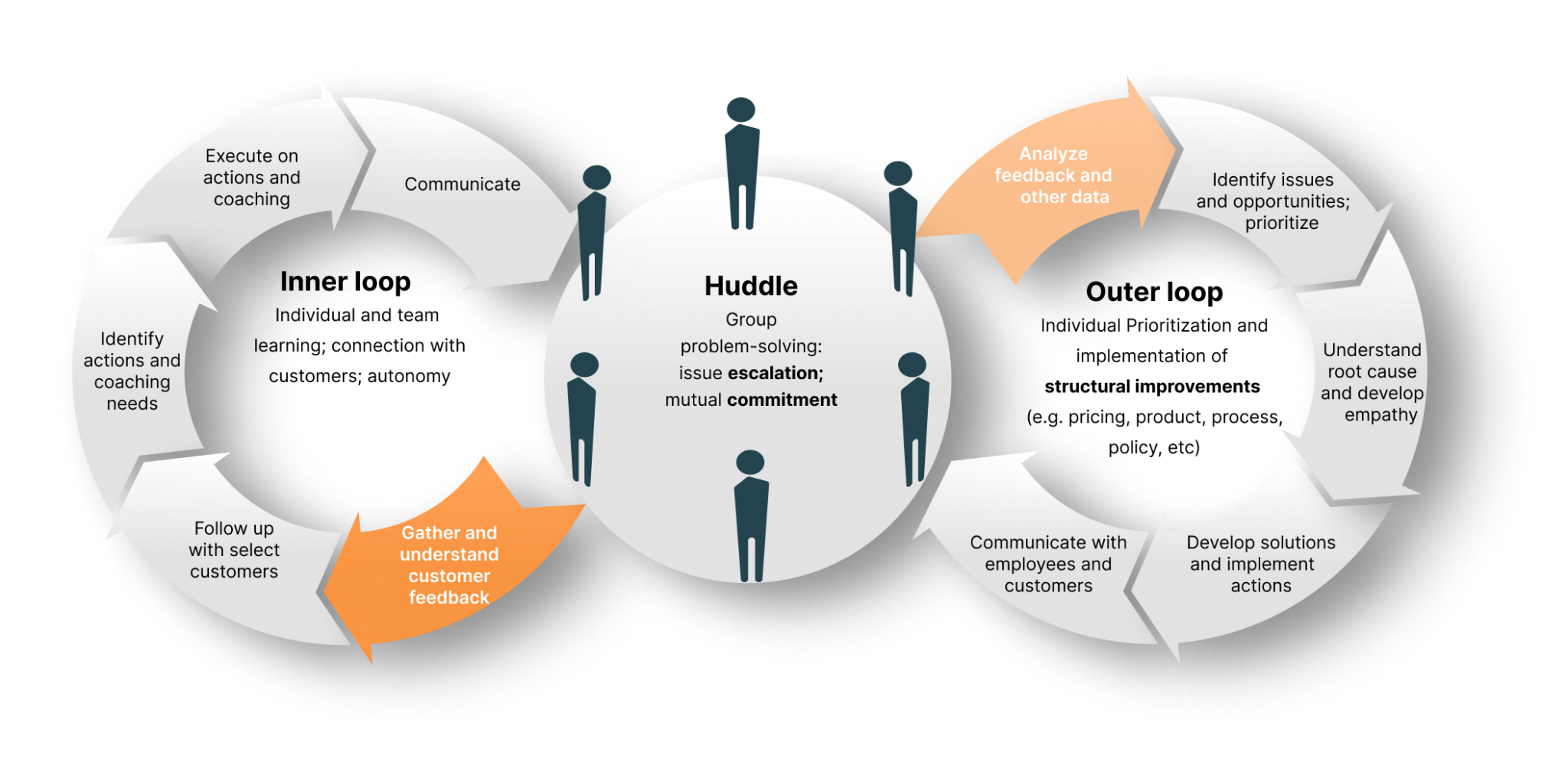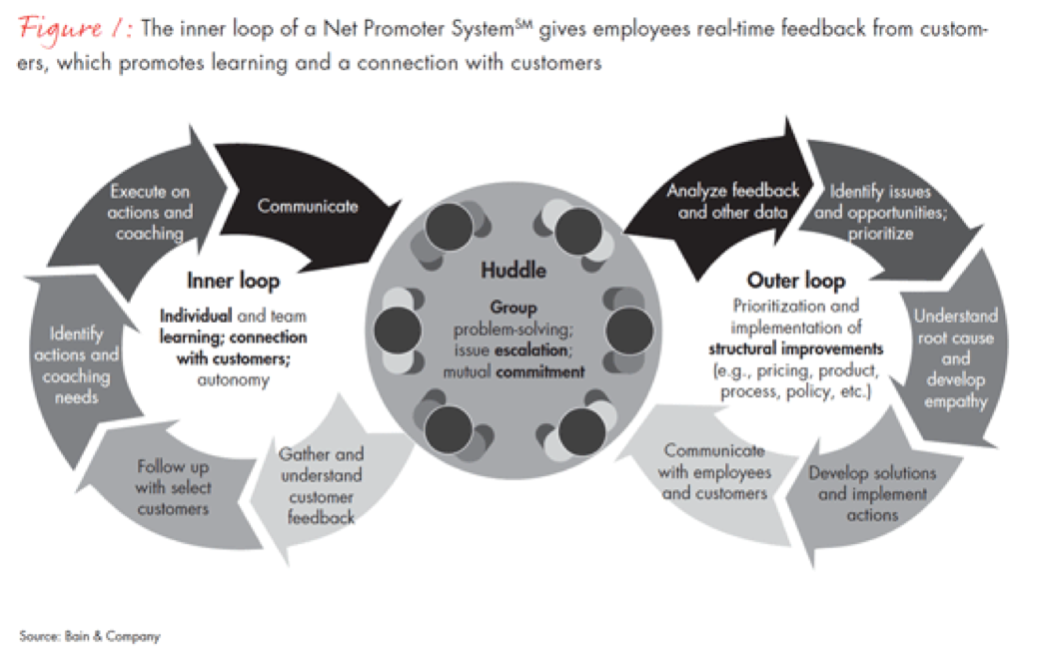How Engaged are Your People?
Engaged people?
As performance consultants, Qeep are experts at how to measure the performance of organizations and people by use of Key Performance Indicators – KPI. Over the last decade, one particular KPI has proved more and more relevant, when determining the sustainable performance of our companies – the engagement of the company’s people.
However, how do you measure people engagement? Many companies and executives will refer to their people’s level of engagement, without really measuring it appropriately. So let’s determine what people engagement is not:
People engagement does not mean people happiness
Someone might be happy at work, but that doesn’t necessarily mean they are working hard, productively on behalf of the organization. While company game rooms, free massages and Friday keg parties are fun–and may be beneficial for other reasons–making people happy is different from making them engaged.
People engagement doesn’t men people satisfaction
Many companies have “people satisfaction” surveys and executives talk about “people satisfaction”, but the bar is set too low. A satisfied person might show up for her daily 9-to-5 without complaint. But that same “satisfied” person might not go the extra effort on her own, and she’ll probably take the headhunter’s call luring her away with a 10% bump in pay. Satisfied isn’t enough.
Definition:
Employee engagement is the emotional commitment the employee has to the organization and its goals.
This emotional commitment means engaged employees actually care about their work and their company. They don’t work just for a paycheck, or just for the next promotion, but work on behalf of the organization’s goals.
This means the engaged computer programmer works overtime when needed, without being asked. This means the engaged retail clerk picks up the trash on the store floor, even if the boss isn’t watching. This means the TSA agent will pull a suspicious bag to be searched, even if it’s the last bag on their shift.
Engaged employees lead to better business outcomes. In fact, according to Towers Perrin research, companies with engaged workers have 6% higher net profit margins, and according to Kenexa research, engaged companies have five times higher shareholder returns over five years.
The new truth: A company is no stronger than the engagement of its people.
At Qeep we help you:
- Define your people engagement target – varies by industry, company category and size
- Create your people engagement index
- Collect your people engagement data
- Design your people engagement feedback development loop
- Implement your people engagement improvement tracking system

The Ultimate KPI – NPS
At Qeep we recommend that you measure people engagement two measures. 1) the Net Promoter Score – NPS measure and the 2) the workday rating.
To learn more about the Customer NPS rating, please click: NPS
The NPS measure gives you a measure of the loyalty your people wish to express for your company. NPS provides you with fast feedback on whom of your customers are:
- Detractors and unhappy with your performance
- Passive advocates and okay, but not overly happy with your performance
- and then those who will actively Promote your business and products.
However, while the NPS rating expresses the employee’s overall loyalty, typically measured twice a year or quarterly, it is still a lack indicator that provides the conclusion on the employee’s situation. In order to track what leads to engagement, you need to frequently understand the “state of mind” of your people. For this, every day, weekly, bi-weekly workday surveys are appropriate.
In the workday survey you simply ask: “how is your workday.” It is quick to respond to and provides a series of data points over time, to read trends and variations from.
At Qeep, we collect the workday surveys via the iPhone and Android app tool Moodstories. For more info on the tool, please click on: Moodstories
Presenting your staff, colleagues and stakeholders with a report like the one to the right, provides everyone with a quick overview and fast understanding of our current status.

When you work with Qeep on establishing the people feedback and tracking system, you will learn to manage for Relational feedback and Structural feedback. The left side of the infinity feedback loop provides you with a process for managing the Engagement Emergencies that occur when an employee provides a low score and a negative feedback. On the right hand side of the loop, we provide a process for long term business and organizational development, based on employee feedback.
In the middle of the loop, you find the “huddle.” When Qeep helps you set up your engagement feedback loop, we facilitate the establishment of huddle forums, at which managers regularly evaluate people feedback and determine changes and improvement. These decisions kick off the structural side of the process.
All in all, with Qeep you gain a complete system to target, track, develop and execute on People engagement.
The combined NPS and Workday measure allows you to early detection of unhappy employees and you allow people to share and learn stories on why they are engaged, across the company.
Via the NPS and Workday tracking, you are able to establish a solid employee engagement system with a continuous feedback loop. This process is what we call the “infinity loop”, which is nees below.
When you work with Qeep on establishing the people feedback and tracking system, you will learn to manage for Relational feedback and Structural feedback. The left side of the infinity feedback loop provides you with a process for managing the Engagement Emergencies that occur when an employee provides a low score and a negative feedback. On the right hand side of the loop, we provide a process for long term business and organizational development, based on employee feedback.
In the middle of the loop, you find the “huddle.” When Qeep helps you set up your engagement feedback loop, we facilitate the establishment of huddle forums, at which managers regularly evaluate people feedback and determine changes and improvement. These decisions kick off the structural side of the process.
All in all, with Qeep you gain a complete system to target, track, develop and execute on People engagement.
How engaged are your people?
As performance consultants, Qeep are experts at how to measure the performance of organizations and people by use of Key Performance Indicators – KPI. Over the last decade, one particular KPI has proved more and more relevant, when determining the sustainable performance of our companies – the engagement of the company’s people.
However, how do you measure people engagement? Many companies and executives will refer to their people’s level of engagement, without really measuring it appropriately. So let’s determine what people engagement is not:
People engagement does not mean people happiness. Someone might be happy at work, but that doesn’t necessarily mean they are working hard, productively on behalf of the organization. While company game rooms, free massages and Friday keg parties are fun–and may be beneficial for other reasons–making people happy is different from making them engaged.
People engagement doesn’t mean people satisfaction. Many companies have “people satisfaction” surveys and executives talk about “people satisfaction”, but the bar is set too low. A satisfied person might show up for her daily 9-to-5 without complaint. But that same “satisfied” person might not go the extra effort on her own, and she’ll probably take the headhunter’s call luring her away with a 10% bump in pay. Satisfied isn’t enough.
Definition: Employee engagement is the emotional commitment the employee has to the organization and its goals.
This emotional commitment means engaged employees actually care about their work and their company. They don’t work just for a paycheck, or just for the next promotion, but work on behalf of the organization’s goals.
This means the engaged computer programmer works overtime when needed, without being asked. This means the engaged retail clerk picks up the trash on the store floor, even if the boss isn’t watching. This means the TSA agent will pull a suspicious bag to be searched, even if it’s the last bag on their shift.
Engaged employees lead to better business outcomes. In fact, according to Towers Perrin research, companies with engaged workers have 6% higher net profit margins, and according to Kenexa research, engaged companies have five times higher shareholder returns over five years.
The new truth: A company is no stronger than the engagement of its people.
At Qeep we help you:
· Define your people engagement target – varies by industry, company category and size
· Create your people engagement index
· Collect your people engagement data
· Design your people engagement feedback development loop
· Implement your people engagement improvement tracking system
The ultimate KPI – NPS
At Qeep we recommend that you measure people engagement two measures. 1) the Net Promoter Score – NPS measure and the 2) the workday rating.
To learn more about the Customer NPS rating, please click: NPS
The NPS measure gives you a measure of the loyalty your people wish to express for your company. NPS provides you with fast feedback on whom of your customers are:
– Detractors and unhappy with your performance
– Passive advocates and okay, but not overly happy with your performance
– and then those who will actively Promote your business and products.
However, while the NPS rating expresses the employee’s overall loyalty, typically measured twice a year or quarterly, it is still a lack indicator that provides the conclusion on the employee’s situation. In order to track what leads to engagement, you need to frequently understand the “state of mind” of your people. For this, every day, weekly, bi-weekly workday surveys are appropriate.
In the workday survey you simply ask: “how is your workday.” It is quick to respond to and provides a series of data points over time, to read trends and variations from.
At Qeep, we collect the workday surveys via the iPhone and Android app tool Moodstories. For more info on the tool, please click on: Moodstories
 The Moodstories appPresenting your staff, colleagues and stakeholders with a report like the one to the right, provides everyone with a quick overview and fast understanding of our current status.
The Moodstories appPresenting your staff, colleagues and stakeholders with a report like the one to the right, provides everyone with a quick overview and fast understanding of our current status.The combined NPS and Workday measure allows you to early detection of unhappy employees and you allow people to share and learn stories on why they are engaged, across the company.
Via the NPS and Workday tracking, you are able to establish a solid employee engagement system with a continuous feedback loop. This process is what we call the “infinity loop”, which is nees below.

When you work with Qeep on establishing the people feedback and tracking system, you will learn to manage for Relational feedback and Structural feedback. The left side of the infinity feedback loop provides you with a process for managing the Engagement Emergencies that occur when an employee provides a low score and a negative feedback. On the right hand side of the loop, we provide a process for long term business and organizational development, based on employee feedback.
In the middle of the loop, you find the “huddle.” When Qeep helps you set up your engagement feedback loop, we facilitate the establishment of huddle forums, at which managers regularly evaluate people feedback and determine changes and improvement. These decisions kick off the structural side of the process.
All in all, with Qeep you gain a complete system to target, track, develop and execute on People engagement.
What result is possible?
Qeep’s consultants give companies the confidence to raise the bar for what is possible to achieve. We challenge leaders to discard their old mindset, to think in new ways and to set goals more ambitious than ever before. We combine our years of leadership and consulting experience with the newest technologies in order to engage everyone in your organisation and get you where you want to go!
